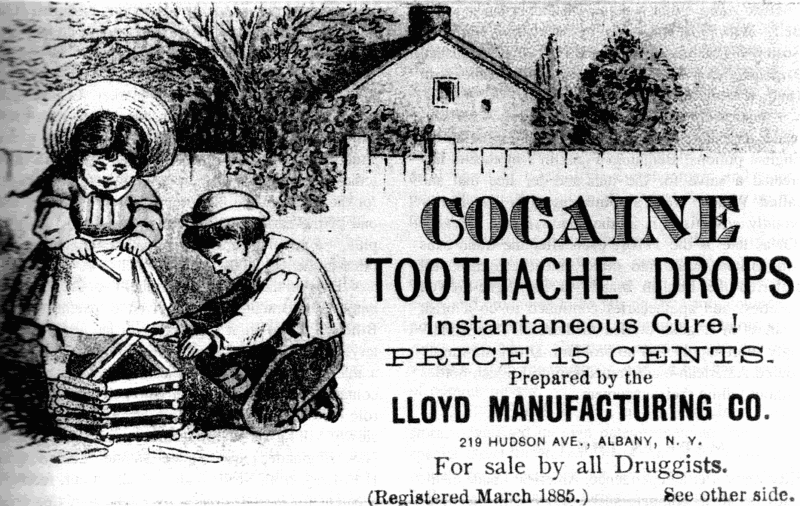Genetic engineering is one of the most popular research fronts in modern medicine and biology. It’s in its infancy, with preliminary studies struggling to even select or splice the right genes. But previous genome work, a widening availability of the tools used to genetically modify organisms, and breakthroughs with CRISPR mean that, although it is reasonably safe (ethically speaking) now, the field’s semi-hypothetical ethics questions will become very real very soon.
Genetically modified organisms (GMOs) are controversial in public opinion, and carry much of the same rhetorical argument as vivisection. Scientists, for the most part, “side” with genetically modified organisms, noting them as mostly safe for small modifications, but fears about large-scale intervention by “Big Agra” (Monsanto and companies like it) and fears about excessive Western influence on GMO standards have degraded the image of these technological improvements. Just like with vivisection, fears about the potential of the technology run rampant. These are typically unsupported by reality, but like Dr. Moreau’s beastfolk, they capture public imagination. The ideas that large corporations want to kill the people and that vivisectors really want to cut up humans block progress.

BY-NC 2.0. To view a copy of this license, visit https://creativecommons.org/licenses/by-nc/2.0/

Progress is poorly defined, but scientists use it as a motivator regardless. The “reckless expert scientist” places faith in the power of experiment, The New York Times, in its article about gene drives—one of the more promising and more alarming gene technologies—discusses this divide between the reckless expert scientist and the fretful uneducated public. Dr. Moreau plays the character of the reckless expert scientist, having been thrown out of society yet still pursuing mythical progress. Gene drives allow geneticists to insert genetically modified copies of an organism (mosquitoes for example) into a population and rapidly spread that gene across the population. Scientists and public health experts want to stop malaria by genetically modifying mosquitoes and releasing them into the West African wild. But fears about using this to sneak in harmful gene drives, “colonial medicine,” and wide ecological failure abound, paralleling fears about vivisectors and even dissectors. Their practitioners had some valid use cases for vivisections, and despite poor minimization of harm, made scientific breakthroughs similar in impact to erasure of malaria.
Rioting and unease about vivisection was much louder and direct than gene modification protests can likely become because gene modification is invisible, but new science remains poignant. Fears about gene modification transferring to humans largely correspond to fears about vivisection transferring to humans, although the line in the sand may be ultimately drawn differently. And the way that scientists shrug off risk and harm in the pursuit of experimental truth is equally frightening to a general public despite ethical regulations.

